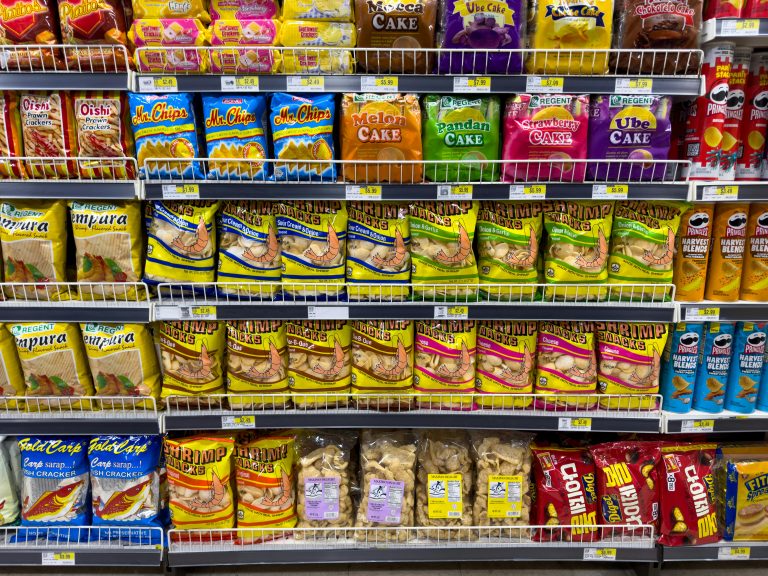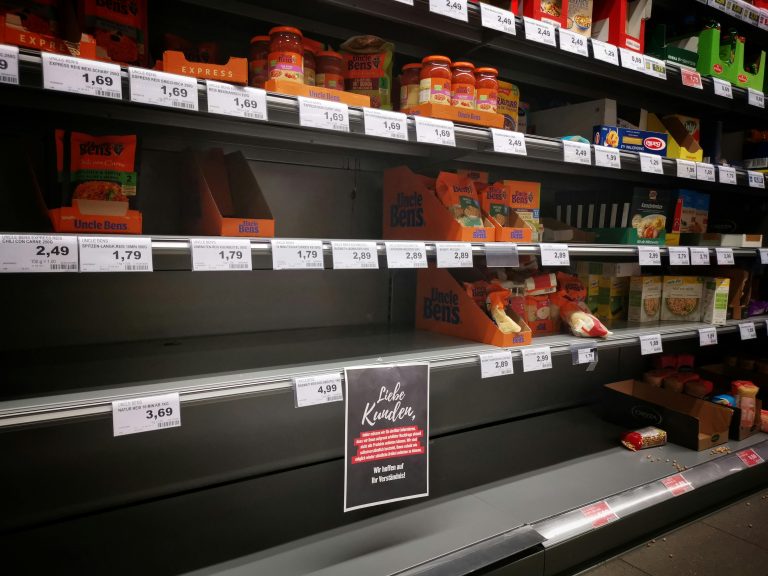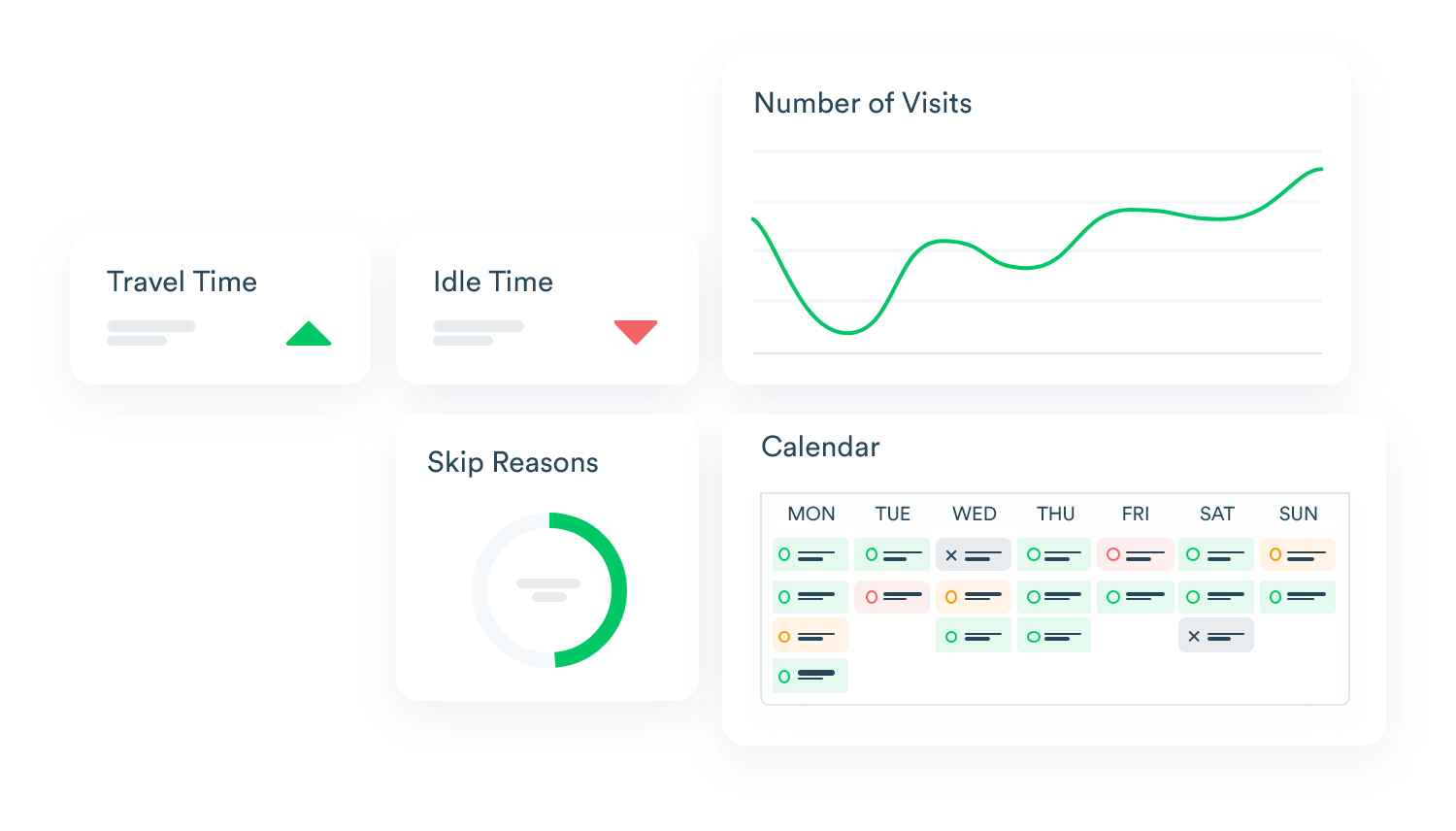Managing a shelf full of diverse products is a challenge every retailer knows well. Yet, beyond the surface complexity of shelves lies a hidden struggle—shelf-life management.
Every day, billions of retail dollars are lost due to expired products that were never sold, showcasing the critical need for businesses to rethink how they handle inventory.
But there’s hope. By combining effective expiry management strategies with targeted promotions, retailers can drive sales, minimize waste, and keep customers happy.
What is Shelf-Life Management
Shelf-life management refers to the process of monitoring and controlling the duration for which a product remains usable, sellable, or safe for consumption. This involves tracking expiration dates, managing inventory turnover, and ensuring that products are utilized or sold before becoming unusable or less effective.
Effective shelf-life management helps reduce waste, optimize inventory, and maintain product quality and safety so the benefits are both financial and environmental.
Why Shelf-Life Management is Crucial
Shelf-life management ensures products are sold before reaching their expiry date. It’s not just about keeping shelves tidy—it directly impacts a business’s revenue, reputation, and operational efficiency.
The cost of expiries can be significant for retailers, resulting in financial losses from unsold expired stock, which means wasted investments in production, storage, and distribution. Furthermore, having stale or expired products on shelves can damage a retailer’s reputation, harming credibility and eroding customer trust. Operational inefficiencies also arise as expired products must be removed, shelves restocked, and wasted inventory managed, which drains time and resources. Retailers who neglect proper shelf-life management risk losing their competitive edge in this fast-moving industry.
Strategies for Effective Shelf-Life Management
The foundation of an efficient shelf-life system lies in operational best practices that balance inventory flow, minimize waste, and optimize product placement. Here are actionable steps to consider:
1. Monitor Inventory Levels
Keep stock at optimal levels by accurately forecasting demand using data and sales trends. Overstocking greatly increases the risk of unsold items, while understocking leads to lost sales opportunities and reduced market share.
2. Use FIFO Rotation (First-In, First-Out)
Ensure older stock is sold before newer inventory. Clearly marked expiration dates and effective shelf arrangements make first-in-first-out (FIFO) rotation feasible, reducing the likelihood of expiry buildup.
3. Smart Restocking
Implement an organized restocking system that prioritizes shorter shelf-life products. Use tagging systems or automated solutions to differentiate products nearing expiry.
4. Collaborate with Suppliers
Communicate your shelf-life needs clearly with retailers or suppliers (depending on which end you stand) to ensure they deliver/display fresh stock and adapt to changing demand accordingly.
Like what your reading?
Take a moment to subscribe before continuing and never miss out on exclusive insights, news, and case studies.
Synergy Between Shelf-Life Management and Promotions
What do you do with stock close to expiry? The answer lies in promotion management. When combined, shelf-life management and promotions drive a win-win solution for both businesses and customers.
Promotions play a crucial role in minimizing expiries by driving immediate sales, as discounts, deals, and limited-time offers incentivize customers to purchase soon-to-expire products. They also boost customer satisfaction by attracting cost-conscious customers who benefit from high-value deals, ensuring they receive fresh, quality products. Additionally, promotions reduce inventory pressure by freeing up space and resources for new inventory, thus creating a smooth workflow.
Examples of Shelf-Life Promotions
- A supermarket offering “Buy One, Get One Free” on yogurt nearing its expiry date.
- A bakery running “Half Price” deals on bread that expires within two days.
- A retailer creating combo deals to sell slow-moving perishable goods at discounted prices.
Leveraging Technology for Effective Shelf Life and Promotion Management
Managing shelf-life manually is an outdated and obsolete way of doing things. Retailers now rely on advanced retail solutions to streamline expiry management and promotional strategies. Technology not only automates processes but significantly enhances accuracy and efficiency.
Retail Execution Software
Retail execution platforms provide real-time insights into product shelf life and inventory dynamics, making it easier to pinpoint inventory nearing expiration. Features include auto-generated reminders, expiry alerts, and data reports.
AI-Powered Promotions
AI and predictive analytics help retailers identify the best timing and pricing for promotions. AI tools suggest discounts, run personalized marketing campaigns, and analyze customer demographic data for effective targeting.
Point-of-Sale (POS) Integration
Connect POS systems with inventory management tools to track stock movement and expire dates during checkout. Advanced POS solutions even recommend bundle packages to clear certain items faster.
Use Cases of Near Expiry Promotions
The Case of Chain Supermarkets
A supermarket chain can integrate AI-driven retail execution tools to monitor near-expiry products in real-time. By running “Flash Sale Friday” campaigns for example, they can successfully clear a majority (if not all) of soon-to-expire inventory in around a month, reducing waste and increasing monthly profits.
The Case of Online Grocery Retailers
An e-commerce grocery platform faces high waste costs but can resolve this by dynamically pricing soon-to-expire goods. Discounts become steeper closer to the expiry date, significantly improving product turnover. Result? Reduced loss of sale and increased customer satisfaction.
The Case of Department Stores
A regional department store implements FIFO inventory management coupled with targeted in-store promotions. A “Fresh as Always” kind of campaign eliminates the soon to be expired stock while mapping customer trust surveys to see brand improvement.
Conclusion: Prioritize Shelf-Life Management & Promotions for Growth
Combining shelf-life management with promotion management is more than just a business strategy—it’s a necessity for sustainable growth, enhanced customer loyalty, and competitive advantage.
By adopting structured processes, technology-driven insights, and creative promotions, retailers can turn expiry challenges into opportunities for innovation and success.
Are you ready to revolutionize your inventory and retail execution strategy? Start prioritizing shelf-life management today for a smarter, more profitable future!
Book your demo to explore our retail solutions and tools to manage shelf life and promotions effectively.



